One of the most common questions I get from teachers, trainers, and other group leaders is:
How do you do what you do?
In other words, what is the recipe? Tell me the step-by-step approach you use to achieve the results you get, so I can do it too.
It’s a fair question. You see something you like, it is only natural that you want to know how to get it or do it yourself.
In the early years of my career, I would ask these same questions of my mentors. Try as they did, their most coherent responses amounted to little more than intuition. As you can imagine, this was not particularly useful.
Step-by-Step Program Leadership Guide
Was I, too, relying on intuition?
There had to be more, but I just couldn’t unlock the secret.
Then, in 2014 with more than 25+ years of professional experience as a facilitator, I set a goal to write down how I did what I did. A week into this project, with 10,000 words up my sleeve, I had to stop.
What I had written was not useful in describing my program framework. I needed help.
Thankfully, I sought the expertise of a writing coach, who in their own right was a best-selling author.
In one of our discussions, as I was sharing the minutia of my program design and delivery, my coach stopped me when I used the word “intuition” to describe why I chose a particular activity.
His response still rings in my ears today…
“There’s No Such Thing As Intuition”
That’s what he said.
But (I recall stammering) it’s a real word. What do you mean, there is no such thing as intuition?
Then he continued: “Intuition is just unexplored process.”
Then it hit me.
Bam! It was akin to being struck by lightning (again!)
We both dug into the unexplored process of what I was actually thinking and doing and three weeks later, I completed the manuscript of my book Serious Fun: Your Step-by-Step Guide to Leading Remarkably Fun Programs that Make a Difference.
In this book, I describe a simple four-step process that I apply to every single training program, keynote, and conference session I design and deliver to any group anywhere in the world.
In the nine years that have passed since the release of Serious Fun, I’ve had plenty of time to share, discuss and continue to refine this program leadership and design framework.
Today it looks like this.
Play > Interact > Share > Trust > Grow
This simple framework overlays the four-step model I describe in Serious Fun. Indeed, if I was to write the book today, I believe these five steps describe and unlock the secrets of my programmatic success over the years.
In short, let’s dive into this program framework:
Play
Inviting people to play is the first and most powerful step in my process. This first step is simply an invitation to play and have fun and manifests in many different ways. It is imbued with choice, agency and compelling reasons to be engaged because I have discovered that when groups are invited to play, transformation is possible. Anything less is pushing people uphill.
When people feel psychologically safe and do not expect to be embarrassed, threatened, or made to look a fool, they will more willingly enter a space to play.
In the words of Dr Stuart Brown, quoted from his research about the importance of play in our lives, “Play is as critical to the development of a human being as sleep and nutrition.”
Interact
And playful moments open opportunities for interaction. People don’t need to know one another or even their names, simply invite them to engage and interact. In my experience, too much play and interaction is never enough.
Play provides a platform for interaction to occur. We all long for social connectedness, it is baked into our DNA. But the number one reason we choose not to engage with others is because we do not feel psychologically safe. Interacting within a space that is imbued with play is fun, safe, and rewarding. Connections start to form and as a result, we learn about others, and ourselves.
Share
Interaction leads to opportunities for sharing. And I’m really clear about my language here – you can only provide opportunities. You can’t force people to share, they must enter this space willingly. But this should not devalue the importance of this step. Indeed, some programs skip this step (eg in the interest of time) and jump straight from Interaction to Trust (the next step in the process) and wonder why they meet resistance from the group.
In my experience, it is impossible to develop authentic and meaningful levels of trust without interaction. This step must amplify and honour choice because without the presence of these tenets, you cannot expect authenticity or vulnerability to appear.
This is the part of your program where connections become more meaningful and rewarding.
Trust
Which leads to deeper and more nuanced levels of trust. But do not confuse this framework as suggesting this is when trust starts to develop. Nothing could be further from the truth. Trust is built from the very earliest moments of your program. It is telegraphed in the moments of play you invite in the beginning and manifests in the interaction and sharing that it inspires. Trust is constantly and intentionally being nourished and nurtured. It is never a set-and-forget process.
Indeed, note the word intentional – this is no accident. Again, the research is really clear on this point – the most successful programs in the world (ie think well-being) are those which intentionally develop trusting and healthy relationships from the beginning.
Grow
This step is the whole point, right? If you’re a teacher, trainer, or another educator, the whole point of our programs is to invite our groups to step outside their Comfort Zones and step into their Stretch Zones. Not once, not twice, but frequently. So much so, that their Comfort Zones swell and get bigger. To grow, learn and develop new skills.
In short, this framework reads like this: Play > Interact > Share > Trust > Grow.
Apply it to your existing programs to assist in a review of its effectiveness. Ask yourself, how well do your existing programs follow these steps to help your group connect and grow.
You may also use this framework as a template to help you design a brand-new program. Remember, any time or effort you invest in inviting your group to connect (before content) will amplify the results of your program.
Are You Ready to Elevate Your Leadership Skills?
All of playmeo’s content is informed by this leadership/program framework – and, it can help your groups achieve success, too.
As soon as you join playmeo, you will expand your activity repertoire, build team skills, and start an exciting journey to become a better facilitator.
To get started, click the button below.
Try for Free
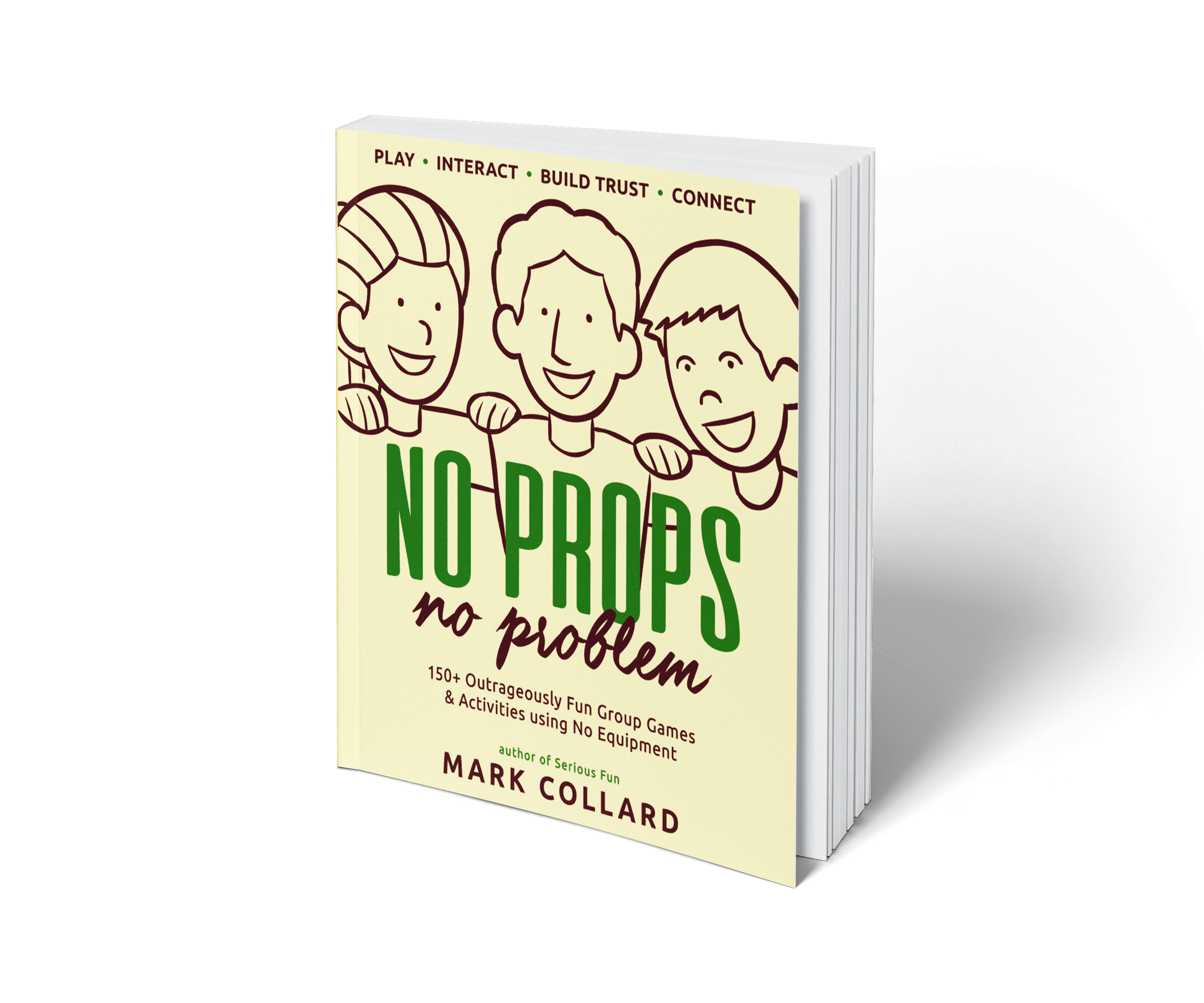
No Props? No Problem!
Get 150+ no-prop games & activities + exclusive 30-day free trial of playmeo. Scan QR codes to view activity videos, leadership tips, etc.
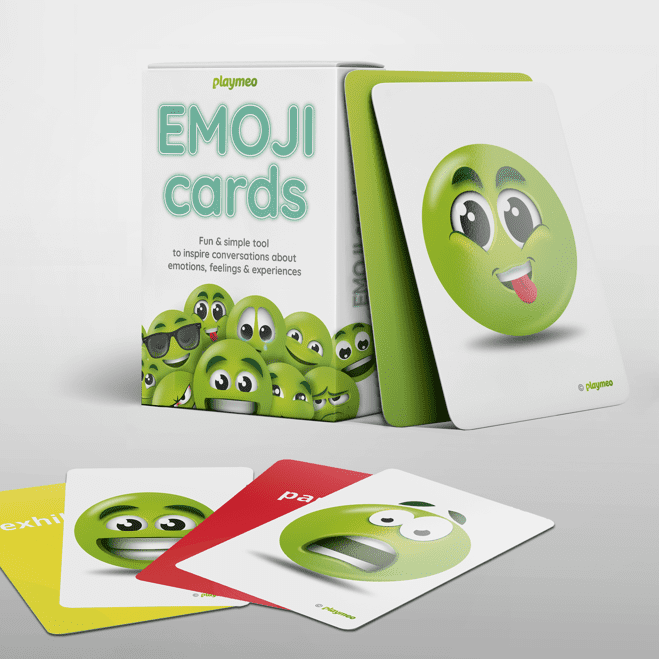
EMOJI Feeling Cards
50+ cards that portray a range of emotions from happy, sad, angry & confused. Ideal for building emotional literacy skills.
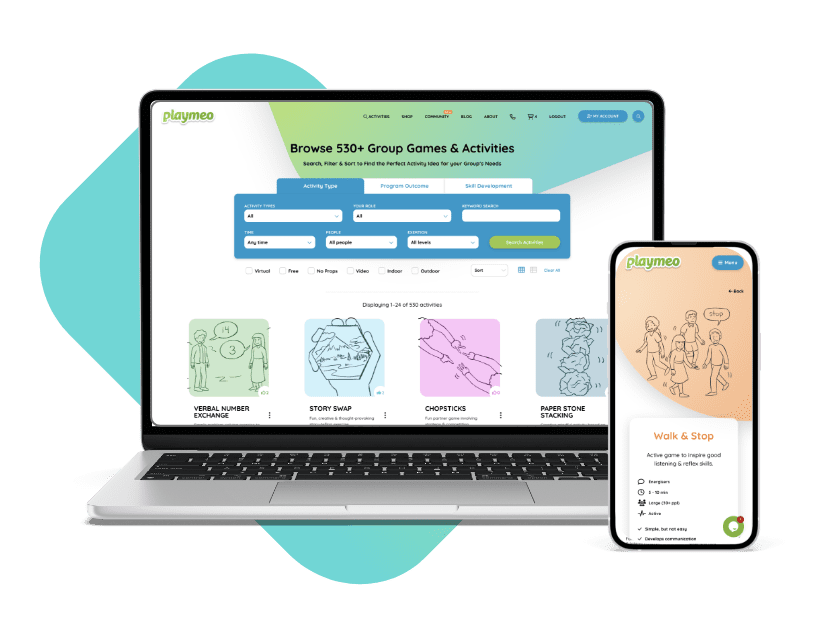
Wow, you’ve been busy!
You can open 1 more
activity for free.
Limit resets every 24 hours
or click below to get unlimited access.







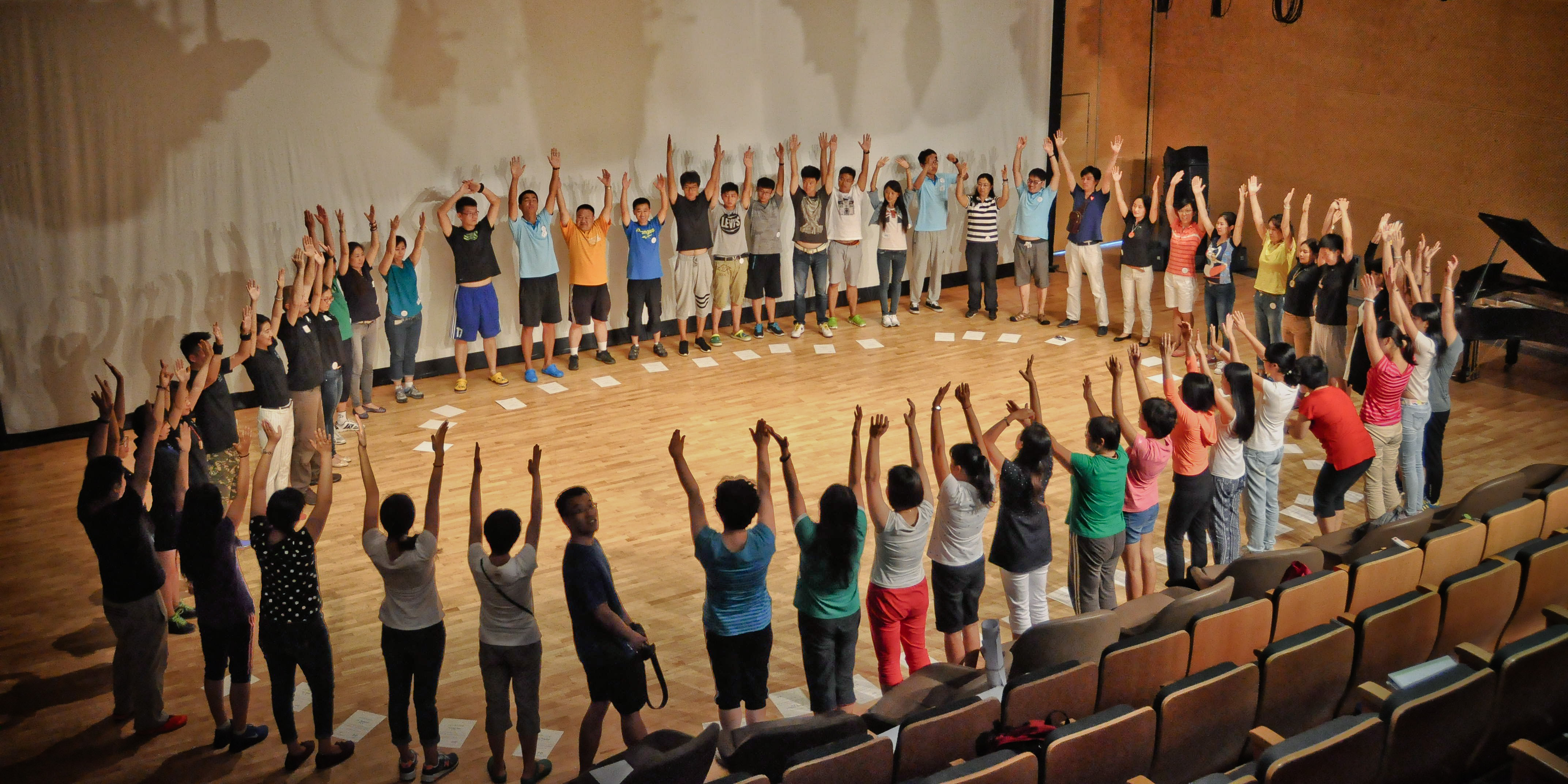
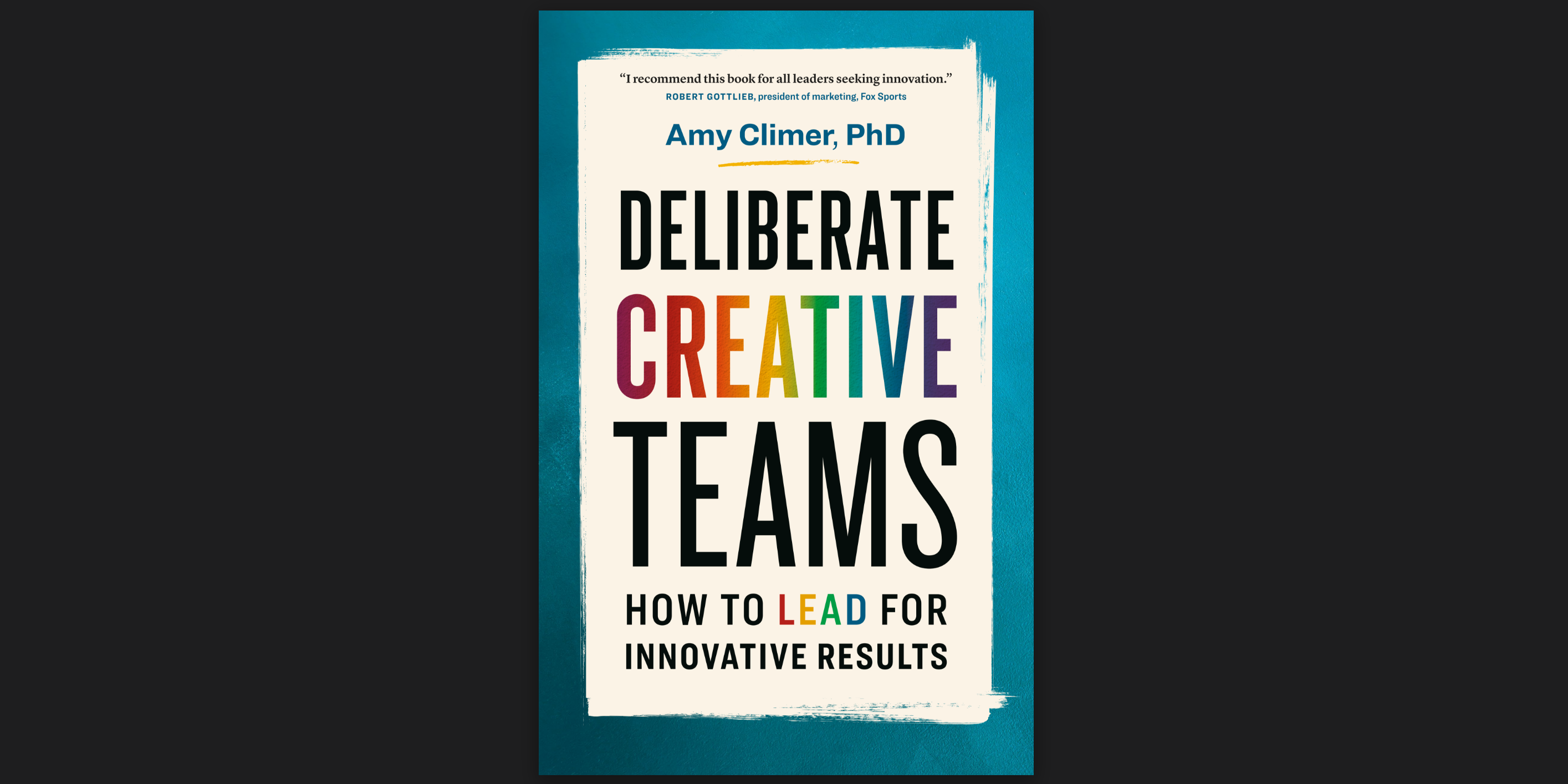


Wow, Mark – I am fired up! Now thinking about what I do in terms of a framework. And I am having fun! Thanks mucho.
Juuuuust noticing (after alllll thiiiiis tiiiiime) – that trust and truth have the same first 3 letters.
Smiiiiile.
Ha! I like that trust and truth have that in common. A bit like it’s no accident that Author and Authority share the same root word too.
indeeeeed! wow.
i wonderrrrr, what other ‘word play opportunities’ are available to create and sustain connections, and to fulfill a wide range of intentions?
(“,)